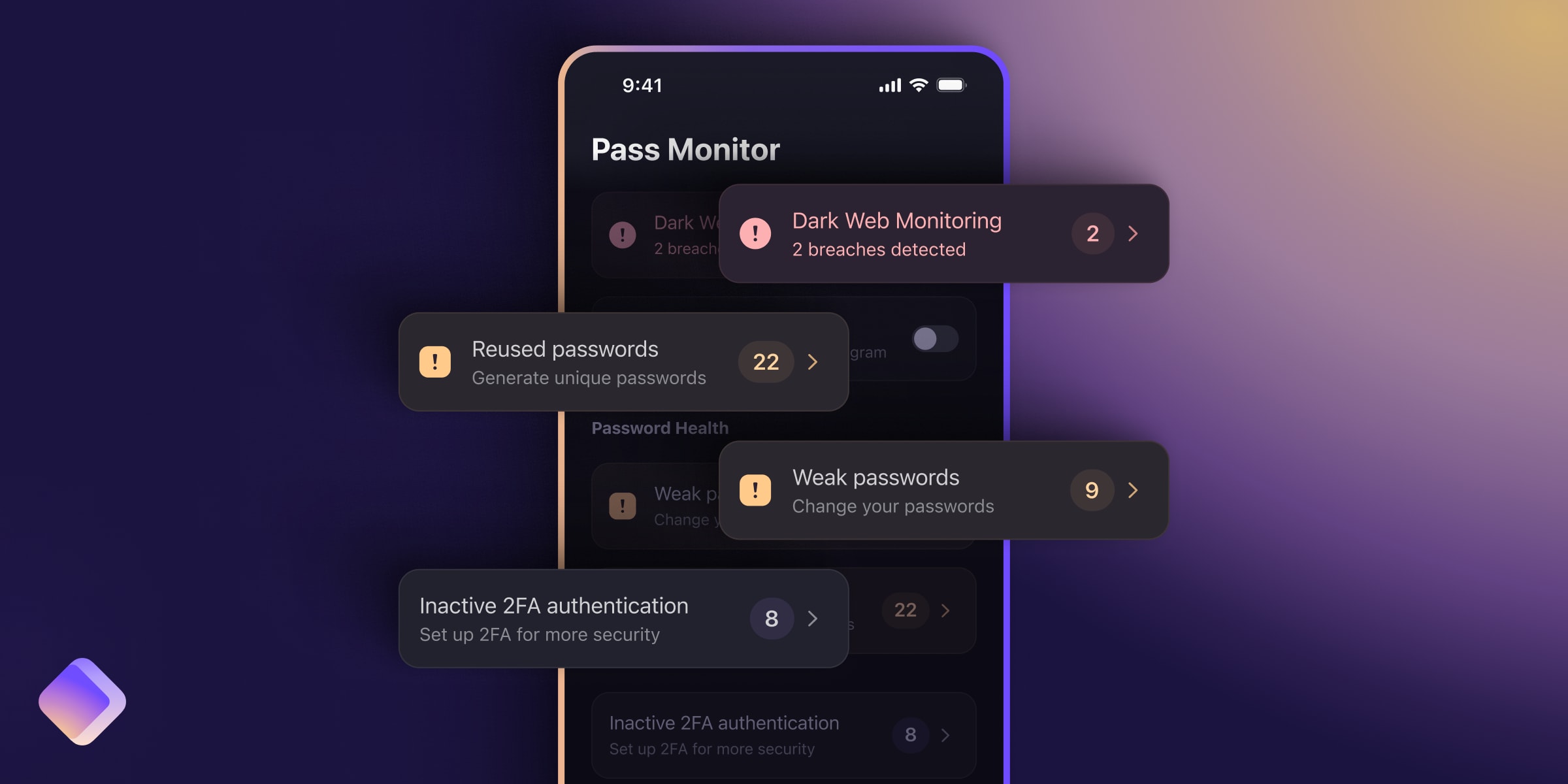The way most people share photos online is not private. Even if you search “share photos online privately”, the top results offer options like Facebook and Google Photos. These companies have access to your pictures, and Google Photos even scans and analyzes the faces in them. Other companies like Apple and Dropbox, which are sometimes thought to be more private, also have access to your photos. Photos in Apple’s iCloud are not end-to-end encrypted by default.
So how can you share photos with someone privately and securely over the internet? There are several methods. We’ve picked the four simplest, along with some recommended services you can try.
Encrypted photo sharing
Before listing a few private photo-sharing methods, it’s worth understanding what we mean by privacy and why Google, Apple, Facebook, Dropbox, WeTransfer, and others don’t qualify.
Each of the services mentioned above uses some form of encryption to protect files as you upload them to their servers, and they encrypt your images while they store them. However, they also retain a key to decrypt your files, meaning they always have access to your images.
True privacy is only possible by using end-to-end encryption, which ensures your files are locked with your own private key before they ever leave your computer or mobile device. This lets you store photos securely and genuinely protects your privacy because besides you, no one, not even Proton has access to your files.
1. Cloud storage
In the early days of Facebook, many people uploaded whole photo albums, often publicly, to the website. While this may have been convenient for sharing, it was catastrophic for privacy, and the practice has largely died out.
These days, if you want to upload hundreds of pictures to the cloud privately and securely while still being able to share your photos, you can use an end-to-end encrypted cloud storage service. Once your photos are safely on the cloud, you can share them with a password-protected link.
Proton Drive offers up to 1 GB of free cloud storage. Here’s how to store photos and folders:
- Create a Proton Account.
- Go to drive.proton.me(new window) in your browser and log in using your Proton Account username and password.
- To upload files or folders, drag and drop them into the main Proton Drive window. You can select multiple files and folders to upload. (Alternatively, you can also click the New upload or Upload file button to select files to upload or click Upload folder to select folders.)
- If you want to share your photos, go to My files, select the file or folder you want to share, and click the Get link icon.
- You can adjust the privacy settings, such as adding a password or setting an expiration date. Click Save when you’re done. And then click Copy link.
2. File transfer
Another common way to share photos is by using a file transfer service. Unfortunately, many of these services can see all your pictures.
One free and end-to-end encrypted alternative is Wormhole(new window). The service lets you share up to 10 GB of files. Here’s how:
- Go to the (new window)upload page(new window).
- Select or drag the file you want to transfer.
- On the next screen, you can select how long your file will be available, up to 24 hours or 100 downloads.
- You will have three options to send the file: by copying a link, sending by email, or showing a QR code.
An important thing to keep in mind is that if you send your link via Gmail, Outlook, or another non-private email service, your file link will be accessible to those service providers. We recommend using an end-to-end encrypted email service or messaging app, such as one of those listed below.
3. Secure email
Sharing photos via email has some significant drawbacks, but it’s worth including email on this list because it’s so common. The biggest obstacle to sharing photos over email is the file size limit. Most email platforms cap attachments at 25 MB. Certainly if you’re trying to send whole folders, email is not the way to go.
But if you just want to send a few pictures at a time, you can use an end-to-end encrypted email service like Proton Mail. You can set passwords and expiration dates for your emails, similar to what you can do to your files with Proton Drive. And all Proton services use the same end-to-end and zero-access encryption, which happens automatically and by default.
Here’s how securely send pictures via Proton Mail:
- Create a Proton Account.(new window)
- Log in to your Proton Mail account at mail.proton.me(new window).
- Click the New message button.
- In the composer window, enter your recipient’s email address in the To field.
- Enter an email subject line in the Subject field.
- Click the paper clip icon to add an attachment.
- Select your file(s) and click Open.
- If you’re sending your photos to a non-Proton Mail email address, your message won’t be end-to-end encrypted by default. But you can add end-to-end encryption by clicking the lock icon. Set a password and click Set encryption before sending.
- To set your message to expire, click More options (the three dots icon) and select Expiration time. If you’re sending to a non-Proton Mail email address, you can also set a password for the message from this window. When you’re done, click Set.
- Send your encrypted email.
4. Encrypted messaging
Almost all messaging apps let you send photos and videos. But real privacy is only offered on a few. Even WhatsApp, which uses end-to-end encryption, is lacking when it comes to privacy because it shares metadata with its parent company, Meta.
We recommend using Signal(new window), an open-source and fully encrypted alternative. Here’s how to send pictures with it on your phone:
- Download the Signal app(new window) and create an account.
- Tap the pencil icon to start a new message, and either find a contact by their phone number, invite them to Signal, or select a contact from the list.
- In the chat, you can select a photo that’s already on your phone by tapping the plus sign icon. Or you can tap the camera icon to take a new photo or video. The benefit of creating the photo directly in the Signal app is that it won’t save to your phone or get backed up in the cloud.
- Tap the blue arrow to send.
Signal also lets you turn on disappearing messages. Tap your contact’s name and select Disappearing messages. Then you can choose a time period after which messages, including images, will be wiped from each person’s chat history.
You can also share photos with groups by tapping the pencil icon and tapping New Group.
Final thoughts
Your photos are some of your most intimate personal data. Their metadata and the images themselves contain details of your contacts, whereabouts, interests, and activities — not to mention your biometric data in the form of faces and even fingerprints.
While most people would acknowledge that pictures are among their most sensitive personal effects, few take any measures to protect their privacy. Proton and the other encrypted services listed above make it easy to share your pictures with friends and loved ones without compromising your privacy.
FAQ
The most secure way to send pictures is by using end-to-end encrypted messaging applications or services. This way, only you and your intended recipient have access to the files. Examples include Proton Drive, Signal, and Proton Mail.
The easiest way to share a photo album online is to put all the pictures into a folder on your computer. Then upload the folder to a secure cloud storage service. From there, you can share a link to your photo album.
While services like Google Photos and iCloud can back up many thousands of pictures, they do not ensure your privacy by default. Proton Drive lets you back up unlimited photos and secure them with end-to-end encryption.
Google Photos is secure but not private. While the company uses encryption and offers good account security, such as two-factor authentication, Google scans all your pictures and even analyzes any faces in them.















